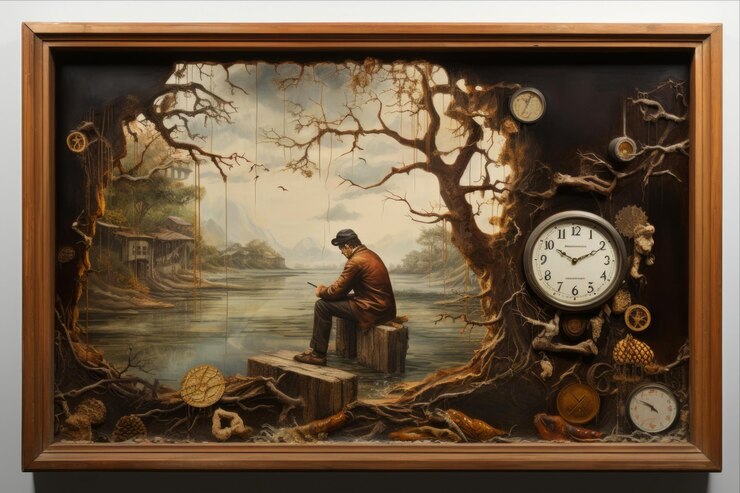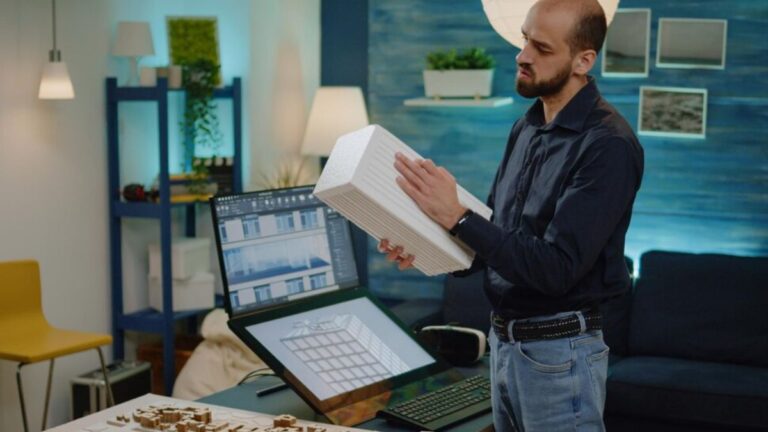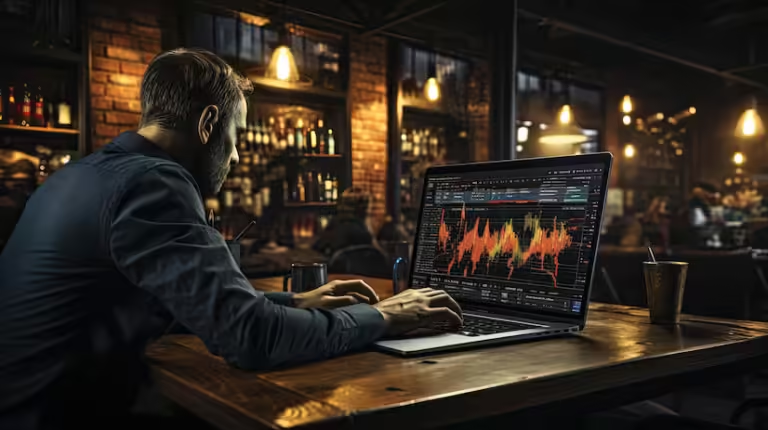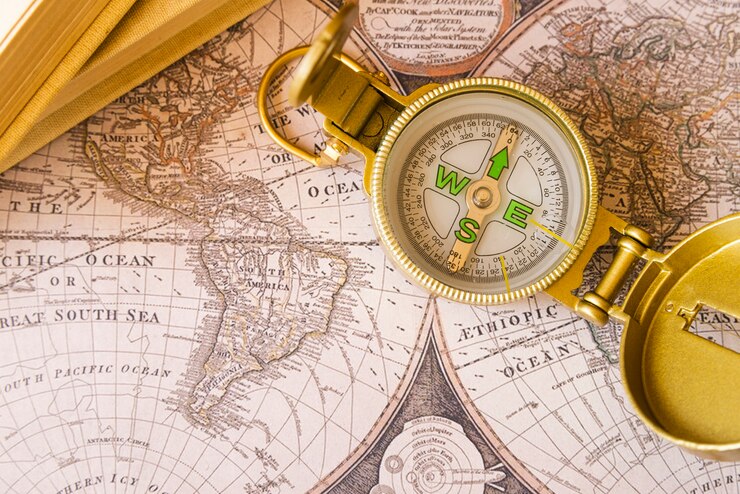Reviving the Past in Art: A Journey Through Time and Creativity
Art has always been a reflection of human experience, capturing moments, emotions, and ideas across various epochs. “Reviving the past in art” is a fascinating concept that involves drawing inspiration from historical periods, styles, and techniques to create something new and vibrant. This approach not only pays homage to previous generations but also offers fresh perspectives on how history can be reimagined. In this article, we will explore how artists are breathing new life into past styles and traditions, and why this process is both significant and transformative.
Introduction to Reviving the Past in Art
Reviving the past in art is more than just a stylistic choice; it’s a way of connecting with history, understanding cultural evolution, and reinterpreting classic themes for contemporary audiences. This process involves various methods, from recreating historical techniques to drawing inspiration from bygone eras to inform modern artistic practices.
Understanding Historical Influences in Art
Historical Contexts and Artistic Movements
To appreciate how the past influences contemporary art, it’s essential to understand the historical contexts of different artistic movements. For instance, the Renaissance, Baroque, and Impressionist periods each had distinct styles and techniques that continue to inspire artists today.
Key Figures and Their Impact
Great artists of the past, such as Leonardo da Vinci, Michelangelo, and Vincent van Gogh, left indelible marks on the art world. Their innovative approaches and unique styles are frequently revisited and reinterpreted by modern artists.
Techniques for Reviving Historical Art Styles
Recreating Classical Techniques
Many artists choose to recreate classical techniques to revive the past. This might involve using traditional materials like oil paints or frescoes and adhering to old methods of application and composition.
Incorporating Vintage Elements into Modern Art
Another approach is to blend vintage elements with modern techniques. For instance, an artist might use contemporary mediums to depict scenes reminiscent of past artistic styles, creating a fusion that appeals to today’s audience.
Case Studies of Artists Reviving the Past
The Neo-Classical Revival
Artists such as Kehinde Wiley have drawn inspiration from classical portraiture to address contemporary themes. Wiley’s work often reimagines classical poses and compositions, bringing them into a modern context.
The Pre-Raphaelite Influence
The Pre-Raphaelite Brotherhood, founded in the mid-19th century, sought to revive the detailed and vibrant style of early Renaissance art. Today’s artists, like those associated with the New Pre-Raphaelite movement, continue to draw from these rich visual traditions.
Cultural Significance of Reviving the Past
Preserving Cultural Heritage
Reviving past artistic styles helps preserve cultural heritage. By keeping historical techniques and themes alive, artists contribute to the ongoing dialogue between past and present.
Bridging Generations
Art that revives the past can act as a bridge between generations. It allows contemporary audiences to engage with and appreciate the artistic achievements of previous eras.
The Role of Technology in Reviving the Past
Digital Reinterpretations
Technology has opened new avenues for reviving past art styles. Digital tools enable artists to experiment with historical techniques in innovative ways, creating works that blend the old with the new.
Virtual Reality and Augmented Reality
Virtual Reality (VR) and Augmented Reality (AR) offer immersive experiences of historical art. These technologies allow viewers to interact with art from different periods, enhancing their understanding and appreciation.
Challenges and Criticisms
Authenticity vs. Innovation
One of the main challenges in reviving the past is balancing authenticity with innovation. Critics often question whether modern reinterpretations remain true to the original styles or if they dilute their historical significance.
Cultural Sensitivity
When reviving past art styles, especially those from cultures different from one’s own, it’s crucial to approach with sensitivity and respect. Misinterpretation or appropriation can lead to criticism and controversy.
Future Directions in Art Revival
Evolving Techniques
The future of reviving the past in art will likely involve evolving techniques that continue to blend historical and contemporary elements. Artists will explore new ways to integrate past styles with cutting-edge technology.
Expanding Global Influences
As global connections grow, the influence of diverse cultures on art revival will increase. Artists will continue to draw inspiration from a broader range of historical sources, enriching the artistic landscape.
Conclusion
Reviving the past in art is a vibrant and dynamic process that connects us with history while pushing the boundaries of creativity. By blending historical techniques with modern innovations, artists not only pay tribute to previous eras but also create new dialogues between past and present. This ongoing interplay between old and new ensures that art remains a living, evolving reflection of human experience.
FAQs
What is meant by “reviving the past in art”?
The past in art involves drawing inspiration from historical styles, techniques, and themes to create new and innovative works.
How do artists recreate classical techniques?
Artists may use traditional materials and methods, such as oil paints or frescoes, to replicate the techniques used by artists in earlier periods.
What role does technology play in reviving past art styles?
Technology, including digital tools, VR, and AR, allows artists to experiment with and present historical art styles in new and interactive ways.
Why is preserving cultural heritage through art important?
Preserving cultural heritage through art helps maintain a connection to the past and allows future generations to appreciate and understand historical artistic achievements.
What are some challenges associated with reviving historical art styles?
Challenges include balancing authenticity with innovation and ensuring cultural sensitivity to avoid misinterpretation or appropriation.







